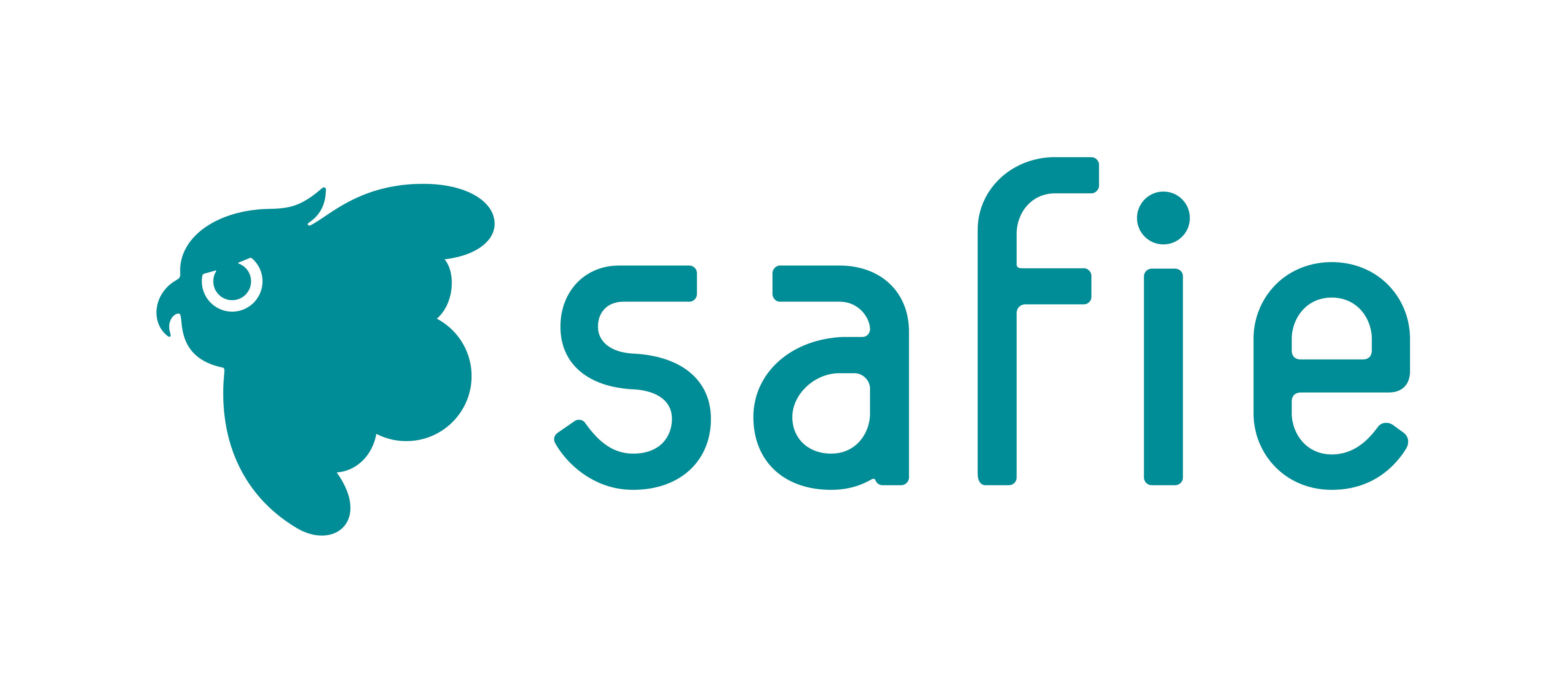各製品の資料を入手。
詳細はこちら →CData Software Japan - ナレッジベース
Latest Articles
- MySQL のデータをノーコードでREST API として公開する方法:CData API Server
- CData Sync AMI をAmazon Web Services(AWS)で起動
- Connect Cloud Guide: Derived Views, Saved Queries, and Custom Reports
- Connect Cloud Guide: SSO (Single Sign-On) and User-Defined Credentials
- Connect Cloud クイックスタート
- Shopify APIのバージョンアップに伴う弊社製品の対応について
Latest KB Entries
- Jetty のセキュリティに関するお知らせ
- DBAmp: Serial Number Expiration Date Shows 1999 or Expired
- CData Drivers のライセンスについて
- Spring4Shell に関する概要
- Update Required: HubSpot Connectivity
- CData Sync で差分更新を設定
ODBC Drivers
- [ article ] Dropbox データをSQL Server に連携して利用する4つの方法を比較
- [ article ] Facebook Ads データをR で分析
- [ article ] Certinia データをSQL Server に同期(キャッシュ)する方法
- [ article ] Spark データをR で分析
JDBC Drivers
- [ article ] Tableau からTally にJDBC Driver で連携してビジュアライズ
- [ article ] RunMyProcess のDSEC 経由からAdobe Analytics ...
- [ article ] Google Cloud Data Fusion でSage 200 データを扱う方法:CData ...
- [ article ] Jetty コネクションプールからAvro データに連携。
SSIS Components
- [ article ] QuickBooks Online をSSIS 経由でSQL サーバーにバックアップする
- [ article ] SAP ByDesign をSSIS 経由でSQL サーバーにバックアップする
- [ article ] FHIR データからSQL Server に接続する4つの方法をご紹介。あなたにピッタリな方法は?
- [ article ] Instagram をSSIS 経由でSQL サーバーにバックアップする
ADO.NET Providers
- [ article ] PCA Accounting データをDevExpress Data Grid ...
- [ article ] Infragistics XamDataGrid を使用してHDFS のダイナミックグリッドを作成
- [ article ] LINQ to MarkLogic データに連携してみた
- [ article ] Infragistics XamDataGrid を使用してAuthorize.Net ...
Excel Add-Ins
- [ article ] Microsoft Power Query からAlloyDB データに連携してExcel から利用
- [ article ] CDATAQUERY 関数を使って、Excel スプレッドシートにDynamics 365 ...
- [ article ] Power BI をExcel ...
- [ article ] Excel データをBoomi AtomSphere で連携利用する方法:CData JDBC ...
API Server
- [ article ] OData データにSAP BusinessObject Universe からリアルタイム連携
- [ article ] Ruby でOData データ連携アプリを構築
- [ article ] OData データをSQL Server に連携して利用する4つの方法を比較
- [ article ] Exploratory でOData データを連携する方法
Data Sync
- [ article ] Google Cloud SQL へのfreee データのETL/ELT ...
- [ article ] SQLite へのMicrosoft Dataverse データのETL/ELT ...
- [ article ] BigCommerce をHeroku にレプリケーションして、Salesforce ...
- [ article ] SQLite へのSendGrid データのETL/ELT パイプラインを作ってデータを統合する方法
Windows PowerShell
- [ article ] Reckon Accounts Hosted データをPowerShell script でSQL ...
- [ article ] PowerShell を使ってSalesforce Pardot データをSQL Server ...
- [ article ] ShipStation データをPowerShell script でSQL Server ...
- [ article ] WooCommerce データをPowerShell script でSQL Server ...
FireDAC Components
- [ article ] Delphi のZoho Projects データへのデータバインドコントロール
- [ article ] Delphi のHCL Domino データへのデータバインドコントロール
- [ article ] Delphi のBasecamp データへのデータバインドコントロール
- [ article ] Delphi のBusiness b-ridge データへのデータバインドコントロール




